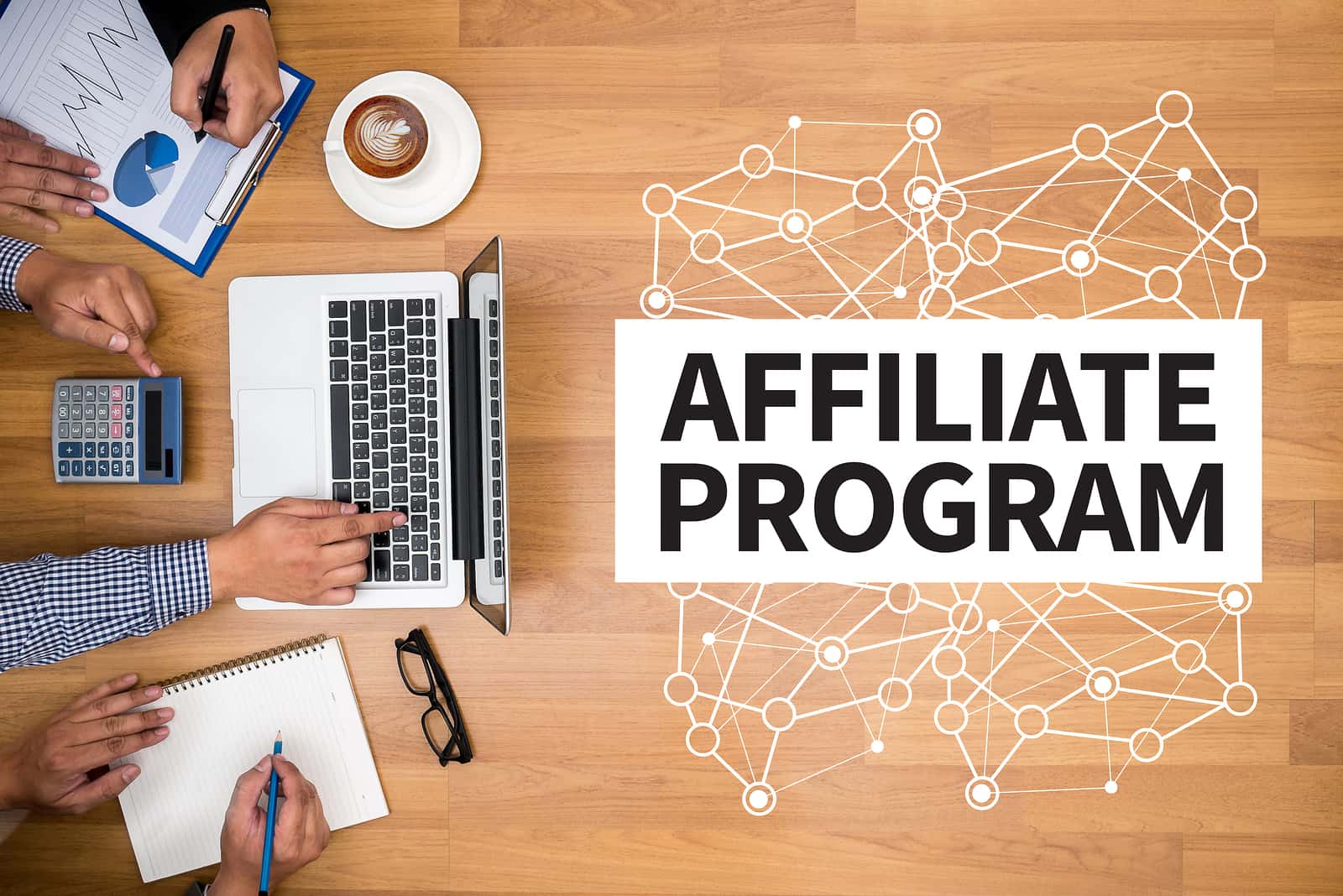
Share
Launching an affiliate program can skyrocket your revenue, but some businesses are reluctant to get started. Whether it’s due to lack of time, expertise, or fear of making a mistake, this means that they’re missing out. Affiliate marketing is a fantastic way to increase brand awareness, generate leads, and increase sales, with less risk than traditional channels like advertising. At Advertise Purple, we specialize in developing affiliate programs and taking them from the initial inception stage through to successful launch. So, we decided to help you get started by sharing five key steps to launching an affiliate program the right way.
#1 – Choose Your Affiliate Platform
Step one of launching an affiliate program is to choose the right platform. Affiliate platforms allow you to manage every aspect of your program from one central location. You can recruit affiliates, upload banner ads, run tracking analytics, and manage commission pay-outs, all in one place. They make the entire process a lot more cohesive so that your affiliate program integrates seamlessly.
There are several large affiliate platforms that you can choose from, along with a few smaller operations who are quickly gaining traction. Choosing the best one will depend on your specific business needs so there isn’t a single best option. Some platforms have a larger reach in the USA and Canada, whereas others are bigger internationally. Many have publishers in specific industries, so you’ll need to choose one that matches your target audience. The biggest and most established affiliate platforms include;
- CJ Affiliate (formerly known as Commission Junction) – one of the largest and longest-running platforms with a huge reach across 285,000 publishers.
- Share A Sale – equally large network with a strong focus on the US and Canada.
- Rakuten (previously called Linkshare) – a large global affiliate network run by the Japanese music giant of the same name.
For more information on choosing the right affiliate program, check out our handy article on the best affiliate programs for 2018. Or ask colleagues and people in your professional network for recommendations. At Advertise Purple, we have established network relationships with all of the major platforms so can also advise you on the best one for your needs.
#2 – Define Your Affiliate Program Structure
The next step in launching an affiliate program is defining its structure. This involves deciding how it will operate and setting some clear parameters. Do you want to pay commission for leads or just sales? Will it be a flat fee or percentage? How long after an initial introduction will affiliates be credited with the referral? It might seem complex, but your program structure can be broken down into three key areas;
Commissions
Deciding how much commission to offer is a balancing act. It needs to be high enough that it’ll entice good quality publishers and make the effort of promoting your products worth their while. But it also needs to be low enough that your program generates profitable sales and maximizes its potential. We recommend working backward from your average order value and conversion rate to calculate how much a lead or sale is worth. If you choose to work with us, then this is something that our account managers can help you with.
Cookies
Cookies are used to track which affiliates referred which customers. They’re an integral part of affiliate marketing programs as they allow for correct attribution. Before you launch an affiliate program you’ll need to decide how long cookies are valid for. The standard duration is 30 days, which means that affiliates will be credited as the source for up to a month after the initial referral. However, different business models sometimes require shorter or longer durations, so it’s something that needs to be thought about carefully.
Terms & Conditions
This is really a catch-all that covers all the other details of launching an affiliate program. Allowing another entity to represent your brand can be daunting, so this is where you can place restrictions on how affiliates promote you. For example, you might decide that you don’t want them engaging in pay-per-click campaigns since that will cannibalize your own PPC bids. Or you might state that affiliates can use email and social media to promote your links but can’t create discount codes or vouchers.
#3 – Develop your Affiliate Marketing Strategy
The third stage of launching an affiliate program involves utilizing your digital marketing skills. This is where you develop your strategy and the tactical things that support it, like banner ads, high-quality images, and landing pages. It’s important that all of these resources are ready before you launch an affiliate program so that new recruits can get up and running immediately.
Most publishers use a combination of content marketing (blogs, podcasts, emails) and social media to promote affiliate products, so think about how you can support their efforts. What kind of promotional banners or product images will be most appealing? What type of copy should your landing page feature in order to convert brand new visitors? What are the optimal images sizes for the social media platforms that they’ll be using?
This stage requires more than a couple of banner adverts. Every online marketer knows that the key to successful campaigns is aligning the execution with strategic objectives. So, define clear goals for your affiliate program before you develop any of the content. This way you’re less likely to get carried away with funky graphic design and more likely to create an effective campaign.
#4 – Recruit Top-Notch Affiliates
By this stage, you’ll be ready to officially open up your affiliate program to new sign-ups. You’ll have your platform in place, the structure defined, and promotional content created. The next step is to recruit high-quality affiliates who can effectively promote your products or services.
In our experience, it helps to screen potential affiliates during the initial stages of launching your affiliate program. This helps you to weed out any possible spammers or affiliates that aren’t a good fit for other reasons. A successful affiliate will have an audience that matches your target and produce high-quality content. They’ll update their site regularly and have an engaged online following. Ideally, their blog’s values will also be aligned with yours, so you don’t want any old affiliate promoting your brand.
#5 – Evaluate & Improve
Your work doesn’t end after successfully launching an affiliate program. Once you’ve got everything set up and an army of affiliates promoting your products, the program needs to be maintained. Running an affiliate program over the long-term involves supporting affiliates with any queries or problems that arise. If they’re having problems with their tracking code or find an affiliate link that isn’t working properly, then you’ll need to resolve it quickly. Just like customers, you’ll need to work hard to keep your affiliates happy so that they continue to spread the word on your behalf.
It’s also important to continually monitor your affiliate program and identify opportunities for improvement. Use your platform’s built-in analytics reports to review every aspect of your program and work out where you can do better. This will help you to maximize its effectiveness, so you get the highest return on your efforts.
Looking for Help with Launching an Affiliate Program?
Our experienced team of marketing professionals can guide you through the entire process of launching an affiliate program from start to finish. We can even have one of our affiliate managers do a complimentary analysis and strategy session. Contact us today by calling 424-272-7400, filling out the form below or emailing [email protected].
CONNECT TO AN EXPERT
Phone: 424-272-7400
For new partnership and affiliate management inquiries please email:
For General Inquiries please email:
[do_widget “Lightweight Social Icons”]




